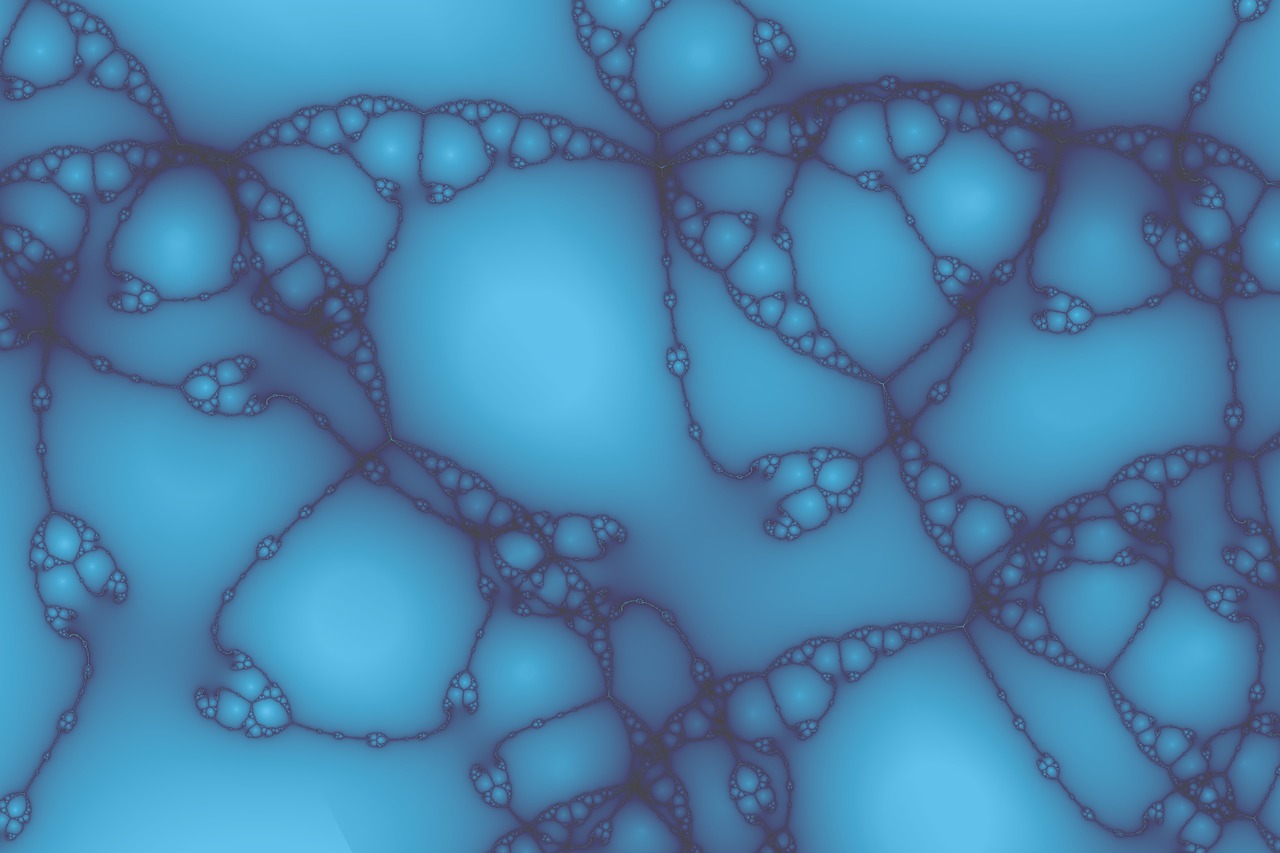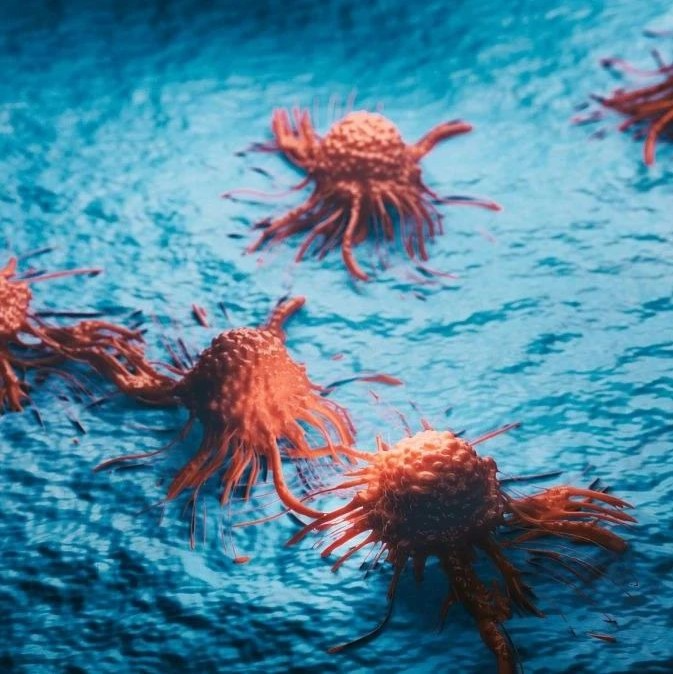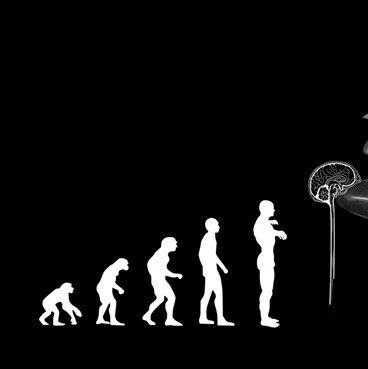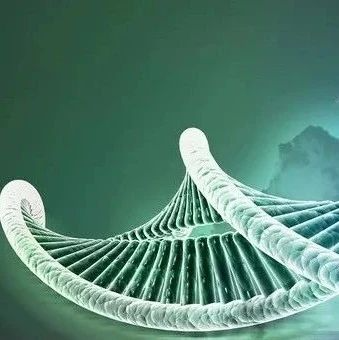
在生物学中,曾经一个普遍的观点认为生物体中每一个细胞中的DNA都是完全一样的。但是,一项最新的研究在对来自皮肤的干细胞进行研究后发现,基因变异遍布于人体的各个组织。这一发现将给遗传筛查带来深远的影响,为评估基因变异程度、更好的理解人类发育与疾病铺平了道路。这一结果发表在新一期的Nature上。
“我们发现,人体其实是由具有不同基因组的细胞拼凑起来的,”这项研究的主要作者Flora Vaccarino说。“我们发现,30%的皮肤细胞存在拷贝数变异(CNV, copy number variations),也就是发生缺失或复制的DNA片段。以前的理论认为,这样的变异只发生在疾病情况下,比如癌症。我们在皮肤中发现的这种嵌合现象在血液、大脑以及人体的其他组织中都可以发现。”
长期以来,人们都认为我们的细胞都包含相同的DNA序列,并且由DNA序列来管理着机体功能。而耶鲁科学家的这一发现打破了这一教条认知。一些科学家曾经推测,在发育构成中,当DNA由母细胞拷贝至子细胞中时,DNA的序列可能会发生缺失、复制以及改变,而整个基因群会受到影响。但是这一假设很难得到实验证实,不过Vaccarino和其同事做到 了。
耶鲁的这个研究团队利用全基因组测序来研究诱导多能干细胞系(iPS)——也就是由已成熟分化的细胞重编程得来的干细胞。研究所用的细胞来自两个家庭中的成员的手臂。研究人员花了两年时间对这些iPS细胞进行定性研究并将之与原始的皮肤细胞进行比较。
尽管这些iPS细胞的基因组与其源细胞的基因组及其相似,但是研究人员还是发现了一些缺失与复制,涉及数千个DNA碱基队。研究人员随后开展了进一步的研究,了解这些差异的来源,结果发现,这些差异至少有一半原来就存在于皮肤细胞中。这些DNA差异能够在iPS中被发现是因为iPS细胞是由一个或者极少数皮肤细胞重编程而来。Vaccarino说,这些iPS细胞系起到了一个放大镜的作用,方便查看人体细胞间的基因组差异。
“在皮肤中,这种嵌合非常广泛,至少有30%的皮肤细胞存在不同的DNA缺失或复制,每一种缺失或复制只在很低比例的细胞中发现,” Vaccarino说道,“体细胞嵌合研究对与遗传分析具有深远的影响,遗传分析目前还至用于血液样品。当我们检测血液DNA的时候,它并不完全反应其他组织,比如大脑中的DNA情况。我们可能会错过一些突变。”
Vaccarino补充说:“这些发现奠定了我们未来研究的基础,我们正在进一步研究动物和人类大脑的发育,看是否也存在这样的情况。”

 Somatic copy number mosaicism in human skin revealed by induced pluripotent stem cells
Somatic copy number mosaicism in human skin revealed by induced pluripotent stem cells
Alexej Abyzov, Jessica Mariani, Dean Palejev, Ying Zhang, Michael Seamus Haney et al.
Reprogramming somatic cells into induced pluripotent stem cells (iPSCs) has been suspected of causing de novo copy number variation. To explore this issue, here we perform a whole-genome and transcriptome analysis of 20 human iPSC lines derived from the primary skin fibroblasts of seven individuals using next-generation sequencing. We find that, on average, an iPSC line manifests two copy number variants (CNVs) not apparent in the fibroblasts from which the iPSC was derived. Using PCR and digital droplet PCR, we show that at least 50% of those CNVs are present as low-frequency somatic genomic variants in parental fibroblasts (that is, the fibroblasts from which each corresponding human iPSC line is derived), and are manifested in iPSC lines owing to their clonal origin. Hence, reprogramming does not necessarily lead to de novo CNVs in iPSCs, because most of the line-manifested CNVs reflect somatic mosaicism in the human skin. Moreover, our findings demonstrate that clonal expansion, and iPSC lines in particular, can be used as a discovery tool to reliably detect low-frequency CNVs in the tissue of origin. Overall, we estimate that approximately 30% of the fibroblast cells have somatic CNVs in their genomes, suggesting widespread somatic mosaicism in the human body. Our study paves the way to understanding the fundamental question of the extent to which cells of the human body normally acquire structural alterations in their DNA post-zygotically.
文献链接:Somatic copy number mosaicism in human skin revealed by induced pluripotent stem cells







